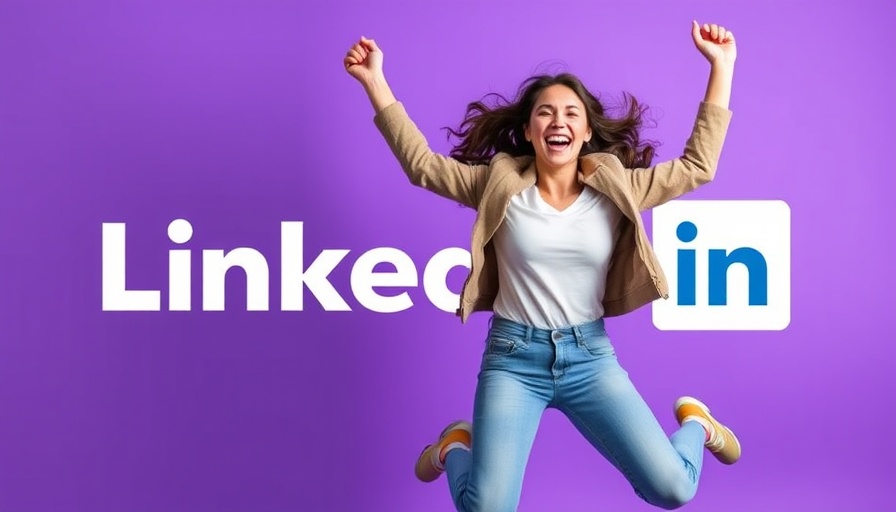
Unlocking the Power of LinkedIn for B2B Sales
If you’re running a business and haven’t tapped into the full potential of LinkedIn yet, it’s time to wake up and smell the coffee! LinkedIn isn’t just for job hunting anymore; it’s a goldmine for B2B sales opportunities. In fact, recent statistics show that 75% of B2B buyers and a whopping 84% of C-level executives turn to social media, especially LinkedIn, when making purchasing decisions. This makes it not only essential—but critical—for anyone in the B2B space.
Profile Perfection: Your First Impression Count
Your LinkedIn profile is your digital business card. Would you show up to an important meeting in flip-flops and a T-shirt? Absolutely not! Make sure your profile picture is professional, and your biography articulates what you do and why it matters. Highlight your company’s strengths and don’t shy away from injecting a touch of personality. Remember, connections lead to opportunities, and if your network doesn’t know what you do, they can’t help you!
Amplify Your Reach: Networking Like a Pro
Building a robust network on LinkedIn is vital! Start by connecting with everyone from your industry, colleagues, and even friends from school. The more connections you have, the more potential leads you’ll uncover. Don’t forget to leverage premium features offered by LinkedIn, including InMail, which allows you to reach out to connections outside your immediate network. In fact, many prospects are happy to respond to InMail, helping you build valuable relationships.
Leads on Demand: Building Your Target List
Want to supercharge your lead generation? With LinkedIn’s premium tools, you can build a focused lead list. This powerful feature helps businesses target and engage the right leads effectively. Don’t waste time casting a wide net. Narrow your scope with tailored searches that lead to meaningful conversations.
The Impact of Sales Automation on B2B Strategies
As technology continues to evolve, so do sales strategies. Automation tools are transforming the landscape, allowing teams to streamline processes, improve efficiency, and ultimately boost revenue. CRM systems can optimize every lead from initial contact to closing a deal, emphasizing the importance of integrating these tools into your everyday sales practices.
What’s Next? Future Trends in Social Selling
As we push further into the digital age, the ability to engage through platforms like LinkedIn is only going to grow. We can anticipate an increase in virtual networking events and engagement through rich media content. Embrace this trend by sharpening your content creation skills and investing time in learning how to showcase your services effectively.
Take Action Now: Transform Your LinkedIn Strategy!
Now is the time to capitalize on LinkedIn and enhance your B2B sales strategy. Don't just sit back—take the initiative to optimize your profile, expand your network, and leverage premium tools for lead generation. Remember, the road to achieving your business goals begins with action, so get started today!
 Add Row
Add Row  Add
Add 



Write A Comment